Alfa Romeo Cars in Motorsport since 1945
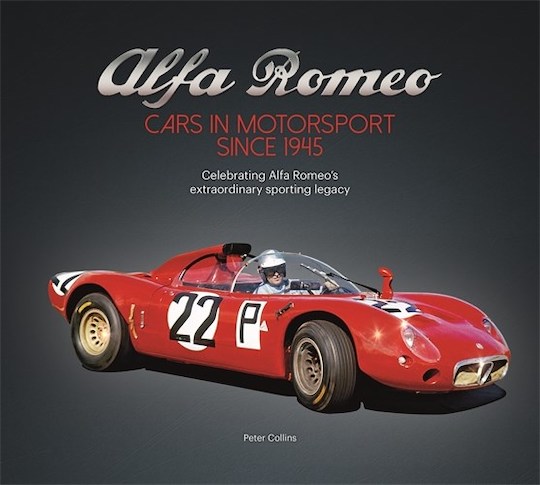
The book is 10.75 x 12” which “feels” as if this photo must be disproportionate; it’s not.
by Peter Collins
“From the beginning, I was determined to ensure that only period photographs would be used. In this I have been almost totally successful. I am not one of those who considers that pin-sharp, beautifully lit, digital images are the only type of illustration worth utilising today. In order to understand what each sporting model from any motor-manufacturer stands for, it is important that they are seen in their typical contemporary environments.”
Lately I seem to have a number of “photo books” ending up on my review list. Most of the time I find it difficult not to move my lips as I flip through the pages. Even though I am not the intended audience for this type of book I fully understand, recognize, and accept why they exist: everyone has to start somewhere, and getting started with books containing a good selection of photographs certainly helps. Still, more often than not it is difficult not to weep for the trees that were sacrificed, trees that would have much rather preferred to be used in a “better book.” Fear not, all is well here.
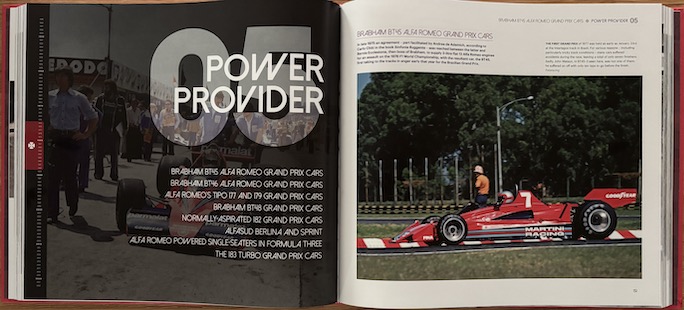
This is a chapter opener. The photo is too small to really draw attention to a nice design solution: the outside margin, in this case the left one, shows top to bottom the years the book covers, 1945–2022 whereas the years a particular chapter covers are marked by a red block with the Quadrifoglio emblem that signifies Alfa’s high-performance models.
When Alfa Romeo Cars in Motorsport since 1945 first appeared on the docket as a review possibility it was the name of the author that was a strong enough pull not to look the other way and groan “Oh my, not another damn picture book!” (Sorry, Peter!) There are over four hundred—as in 400—photos so I kept my guard up, for two days. When at last I did open the book I was tickled that he had had the same thought, writing right in the opening part of the introduction “Many will say, oh no, not another Alfa Romeo book . . . ” (Couldn’t have said it better myself.) Peter really saves the day by continuing, “This is not a detailed guide to Alfa Romeo statistics and technicalities.” I felt saved from the tyranny of gearhead BS and mindess blather, the true bane of a good story in my view.
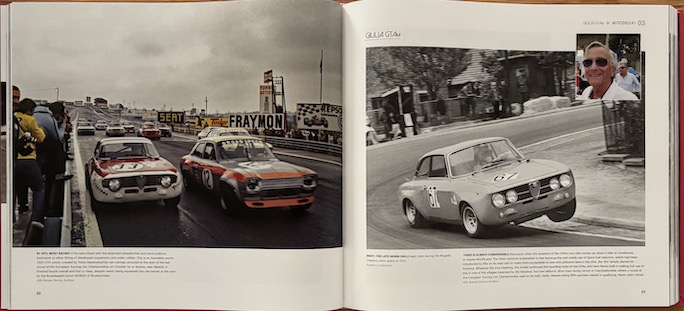
The page on the right shows a Giulia GTAm. People like to pick fights over what the “m” stands for. Or maybe it’s the “Am” that holds the answer? Collins goes with the latter, but there’s a twist.
During the first run through the book I simply looked at the images being presented, every now and then pausing to read the detailed captions, just to get a feel for what Collins was trying to do. After that initial look, I sat back and thought about how I would have put these 320-odd pages to use if this were my book to write. Using as an outline the 11 sections into which Collins divides the book (see bottom), and the items covered in each, I could easily imagine several forests worth of paper being required to fully plumb the depths of the subject in multiple volumes. This being only one single book, it is the photos that do the heavy lifting to keep the story condensed while still cohesive but also interesting and engaging.
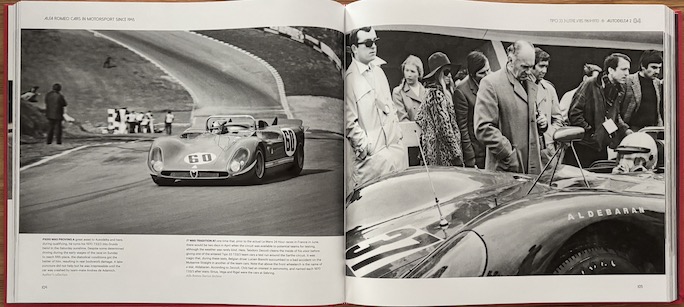
(R) The name above the wheel arch could launch a web search that will prove futile if you’re assuming this is a driver name. What does that name have in common with Sirius, Vega, and Rigel? And what do any of them have to with T33s? Collins packs a lot of interesting info into his captions.
The photo selection Collins chose is really rather superb; along with their captions they represent a just-right level of detail. That is a combination difficult to achieve. Moreover, so many of the photos are themselves time capsules, especially those from the immediate postwar years. This carries through the entire book. There are, as mentioned, 11 sections, each covering a span of several years and the models and series in which they competed. This means that you get the 2000 GTV tossed into the same grouping with the Tipo 33, for instance.
What Collins presents in his rather quiet way is the incredible span of competition categories and models that Alfa Romeo fielded from 1945 until this decade in the 21st century. It is easily in the several dozens. At one point, I kept expecting to see a car that Alfa Romeo prepared for the NASCAR Cup Series! It’s one of the few series in which Alfa Romeo has yet to be a presence—and it may in fact happen now that Alfa is part of Stellantis which is in talks to take the Dodge brand there).
There are those times when story and images come together just right, and this is one of them. Not cheap, but unreservedly worth it!
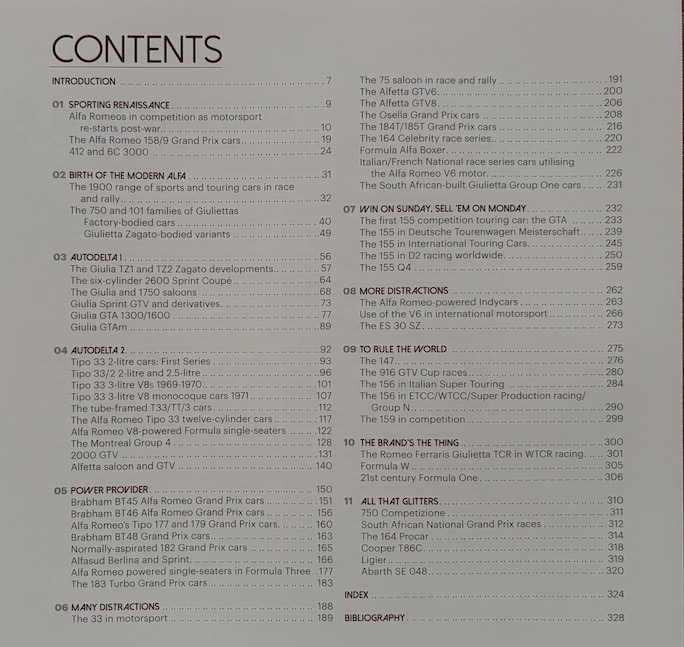
Copyright 2025, Don Capps (speedreaders.info).
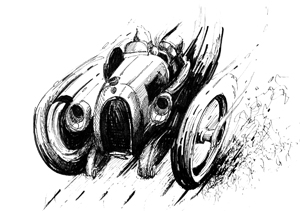

 RSS Feed - Comments
RSS Feed - Comments

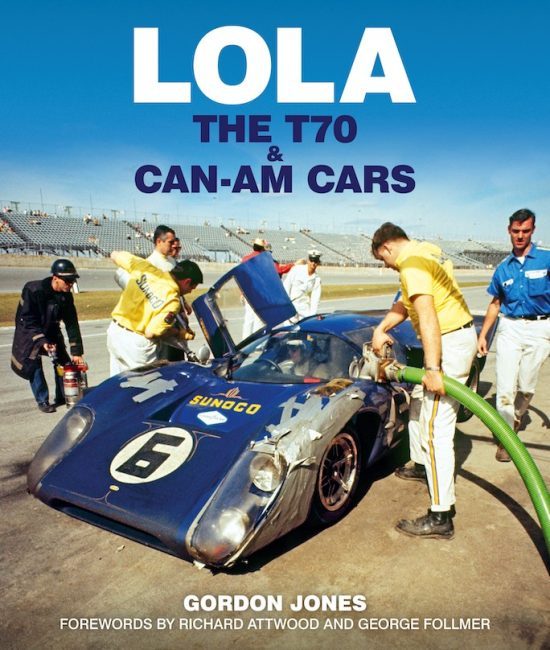
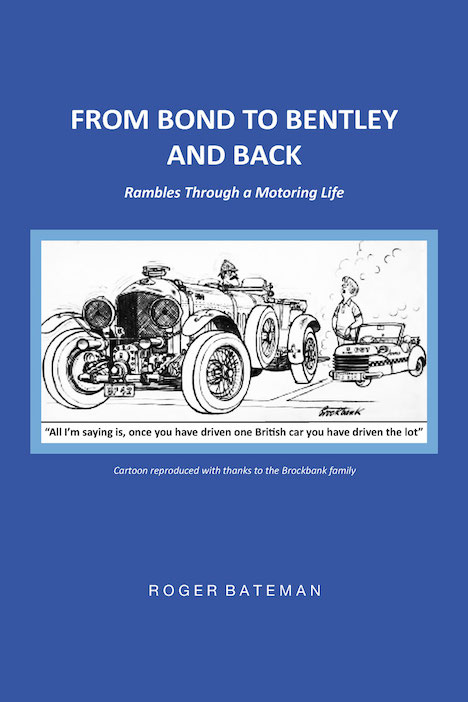
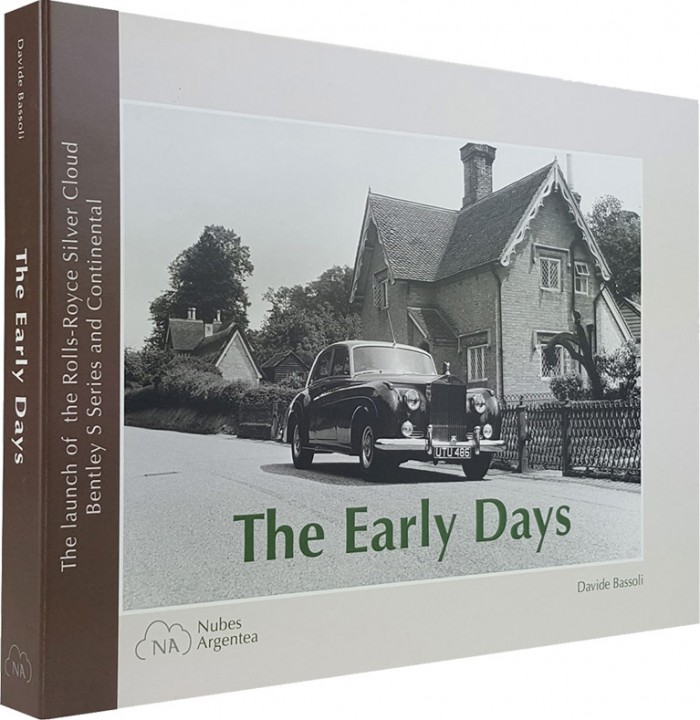
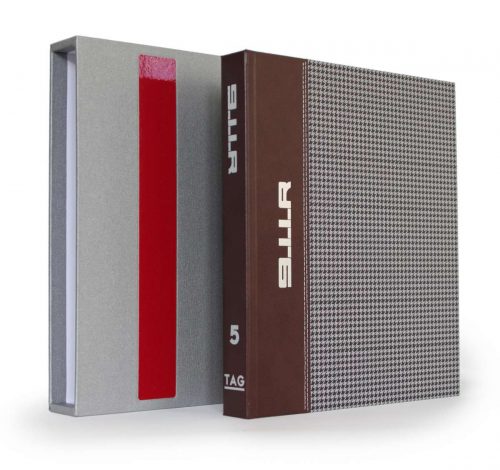
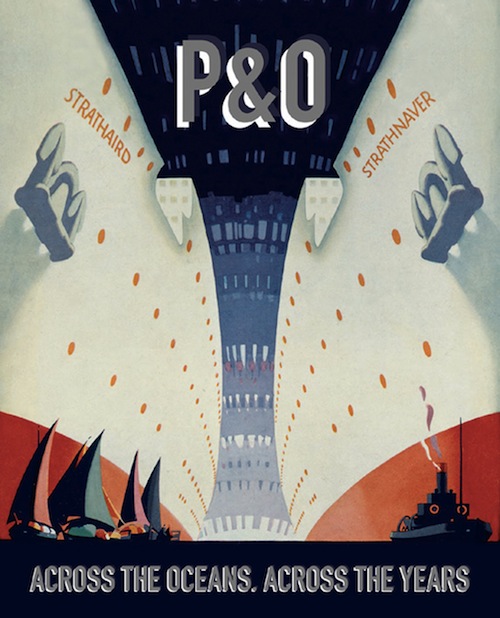
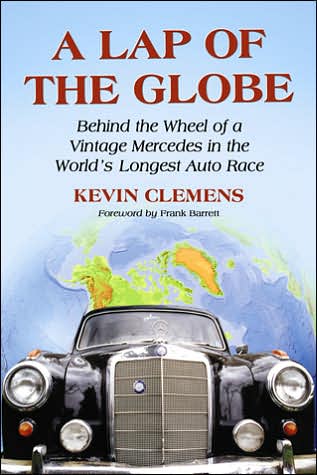

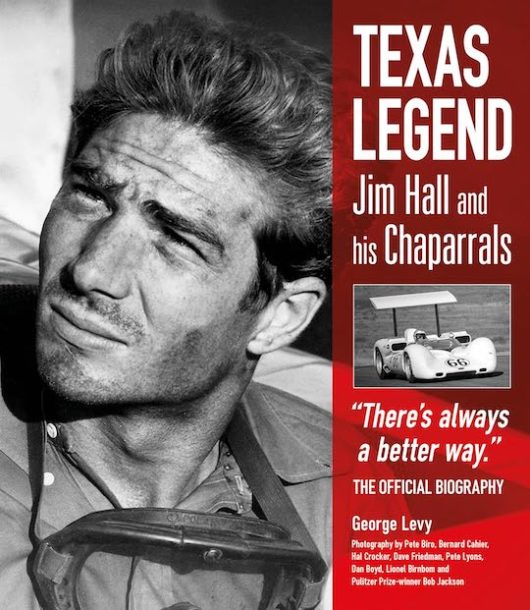
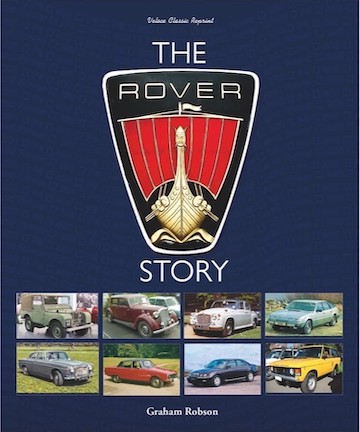
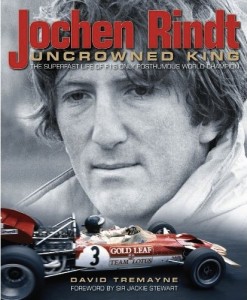
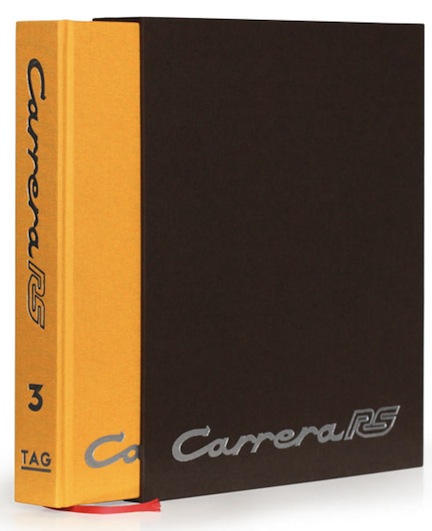

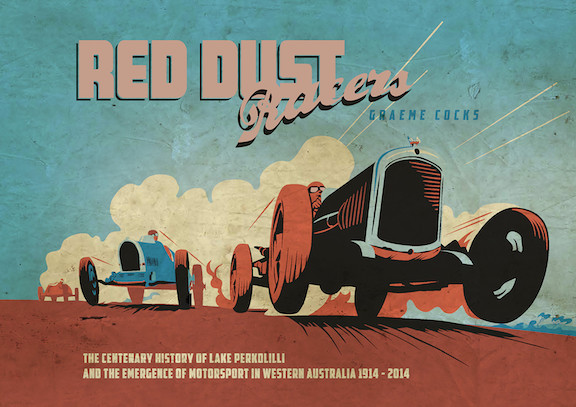
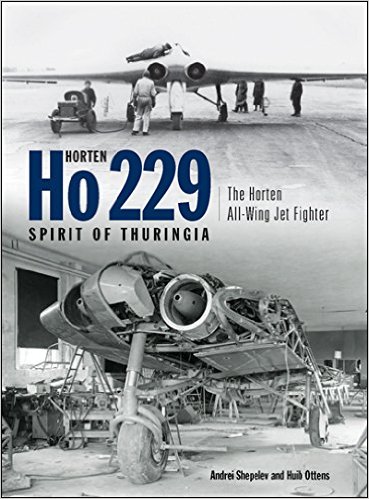
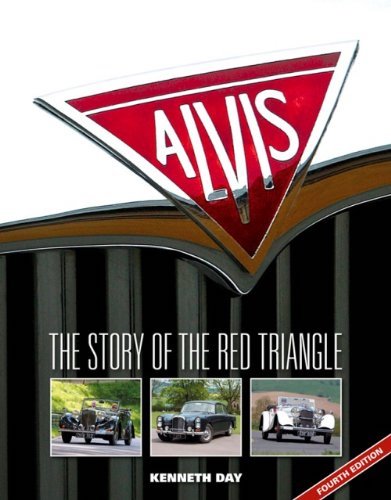
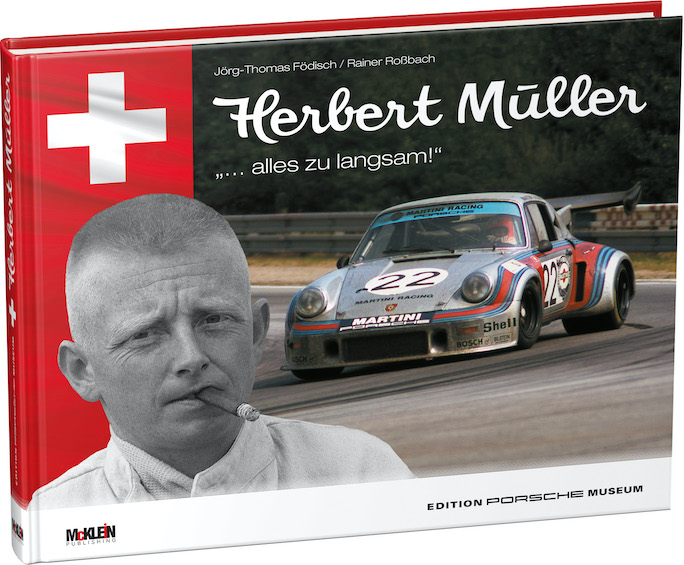
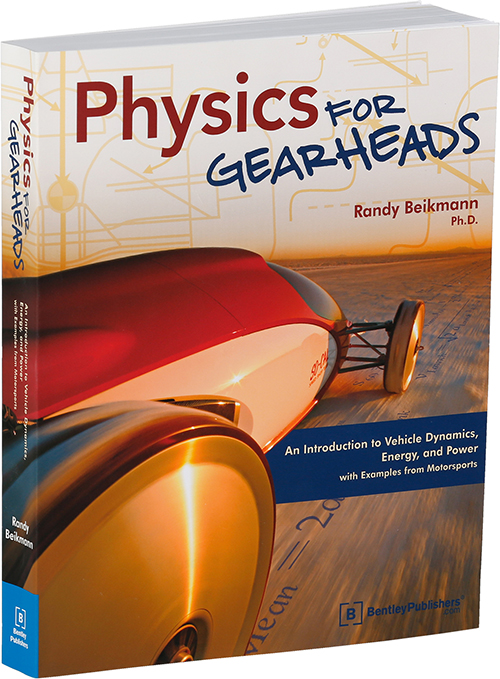
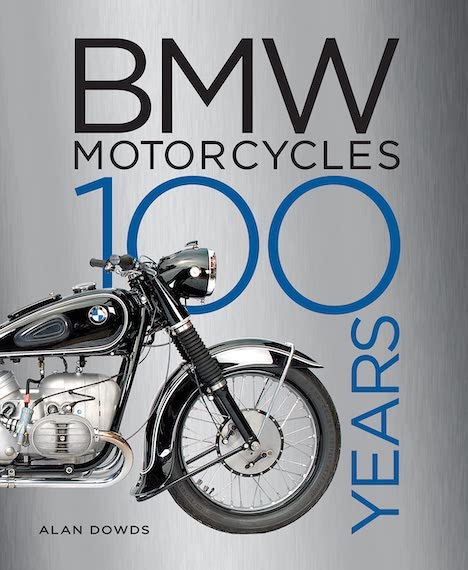
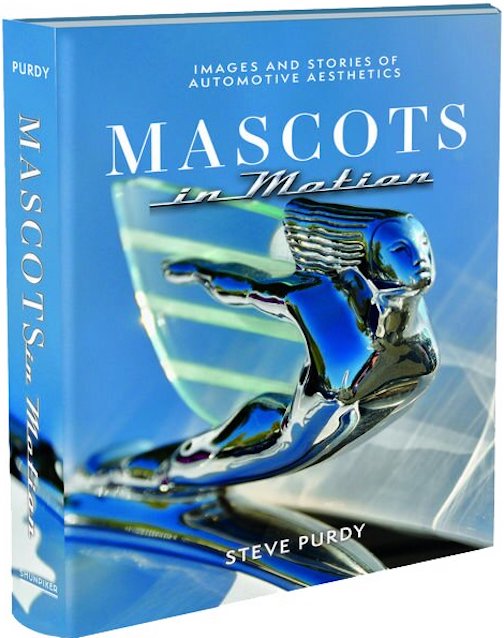
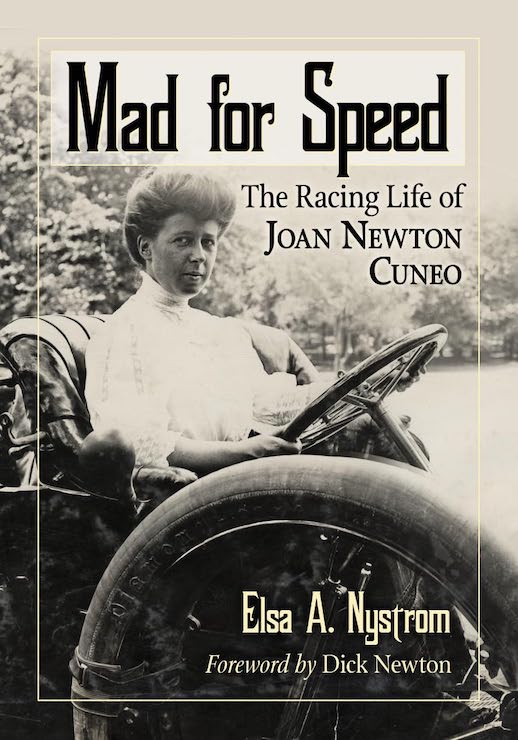
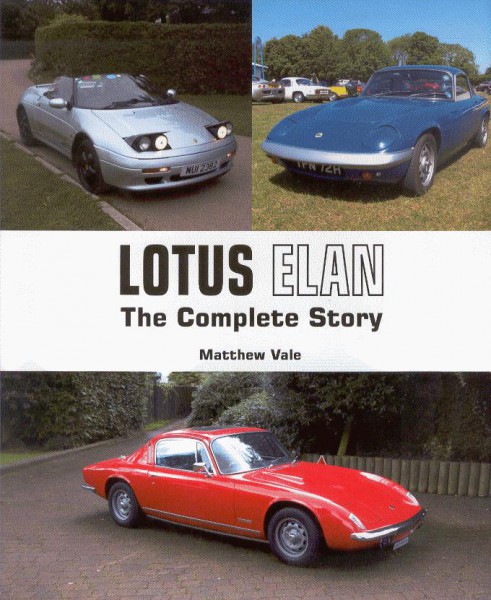
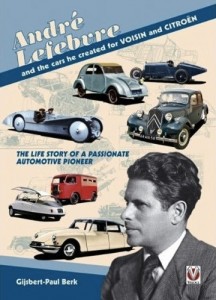

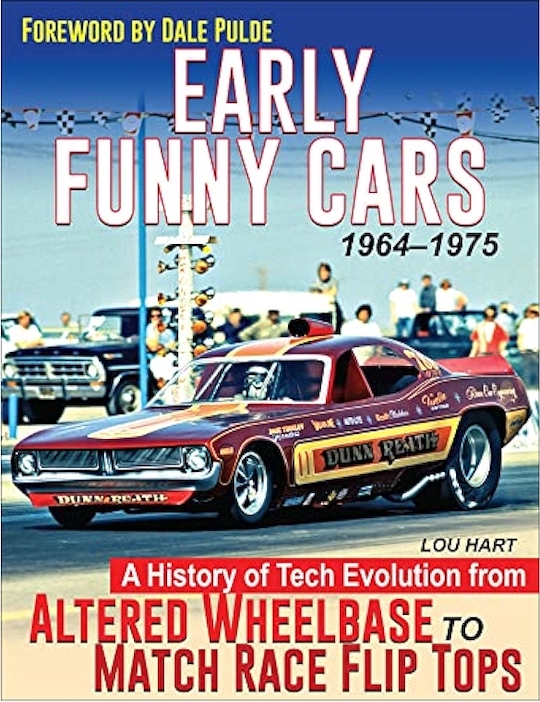

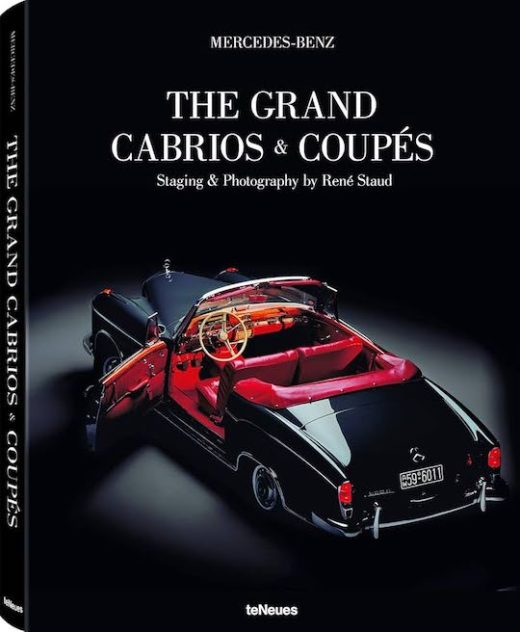
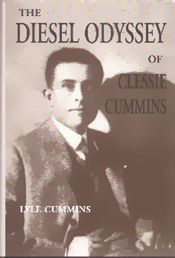
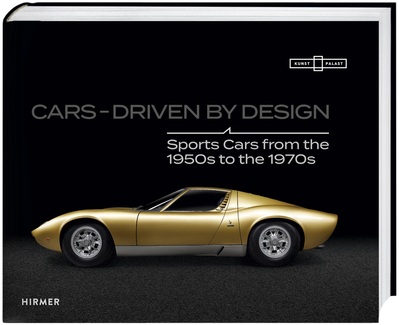
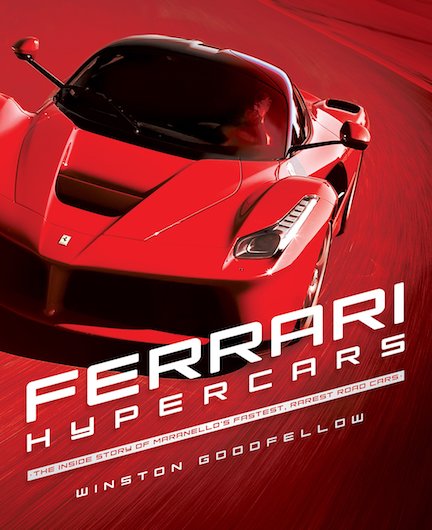
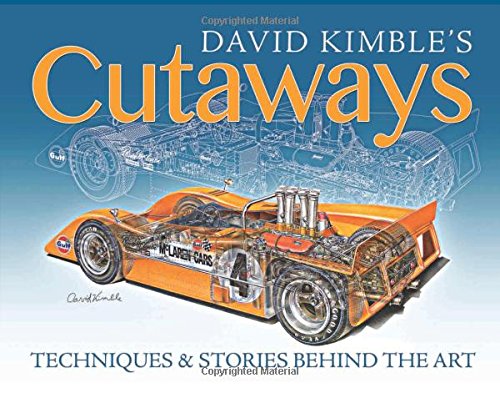
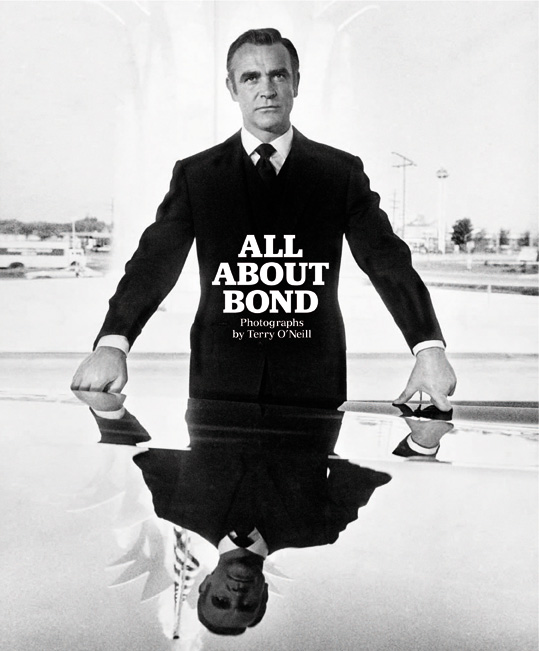
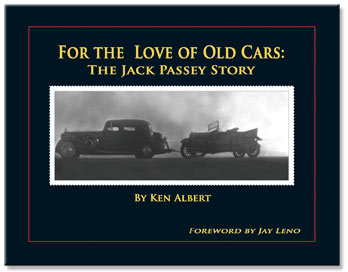
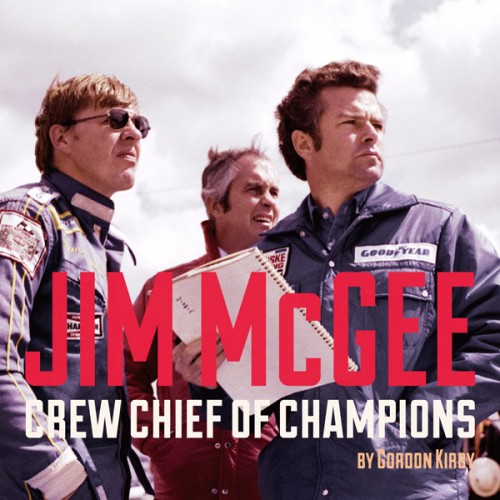
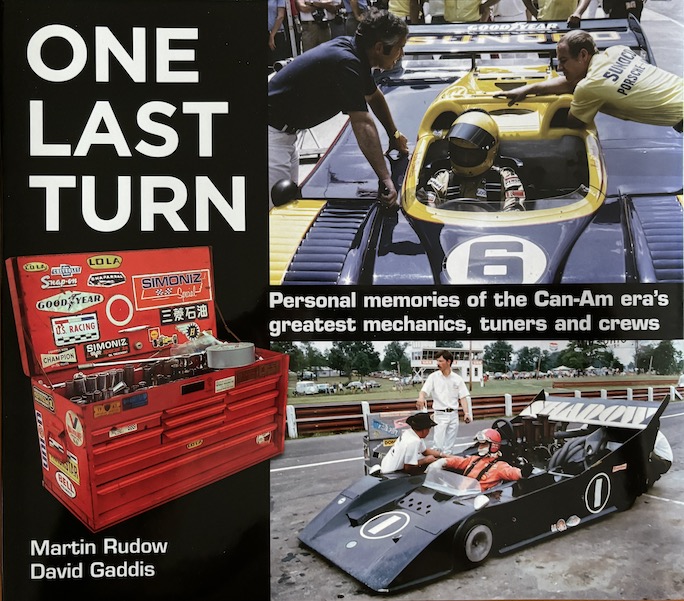
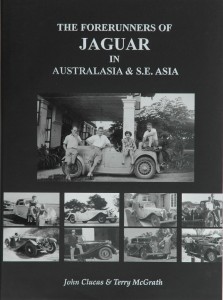
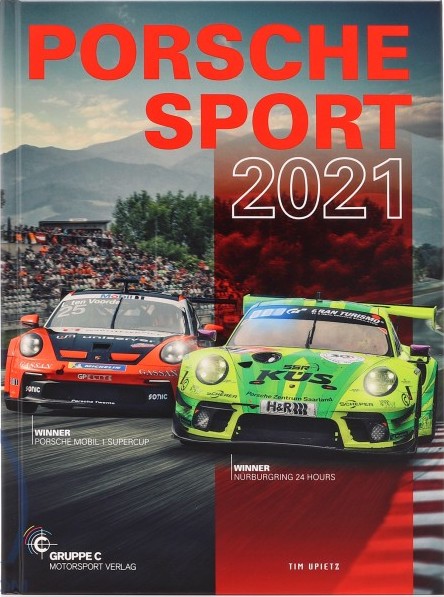
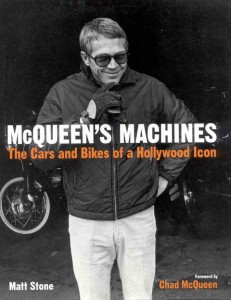
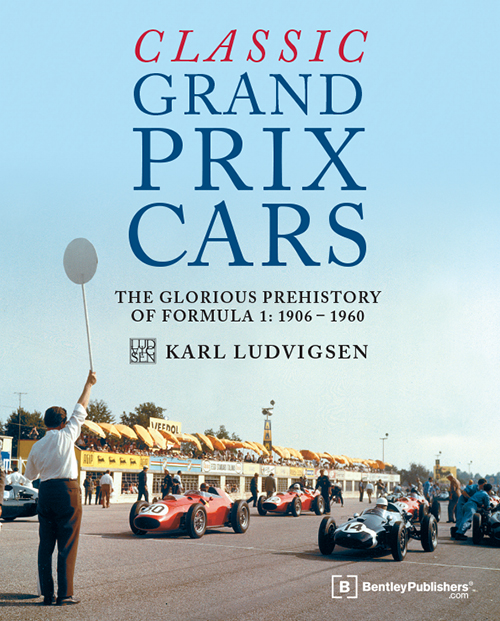
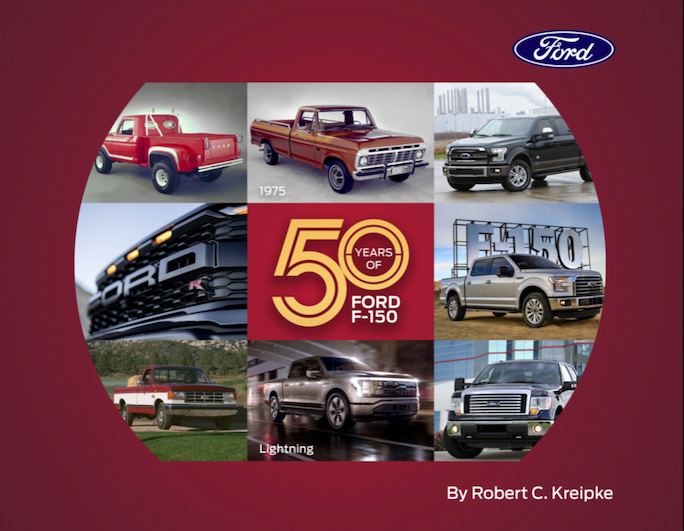
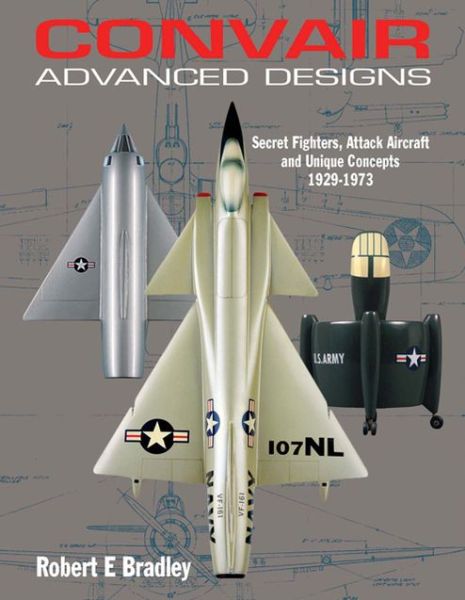
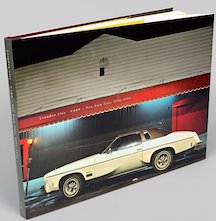
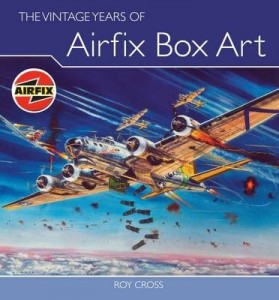

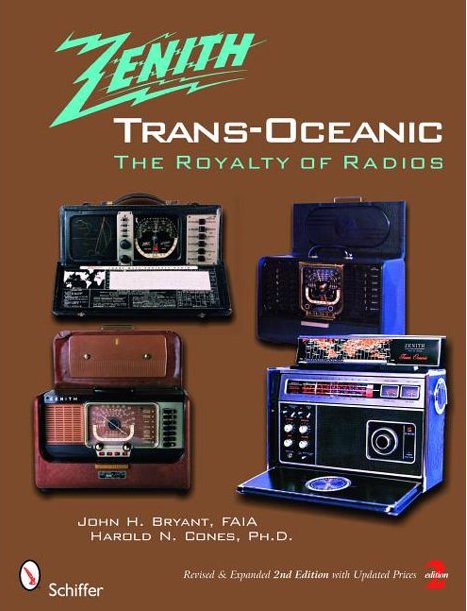

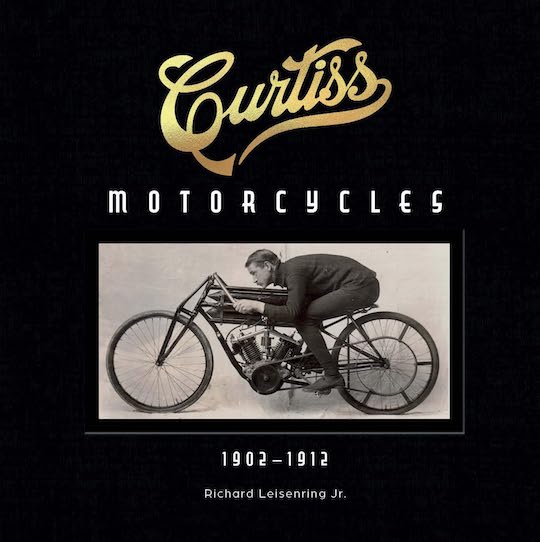
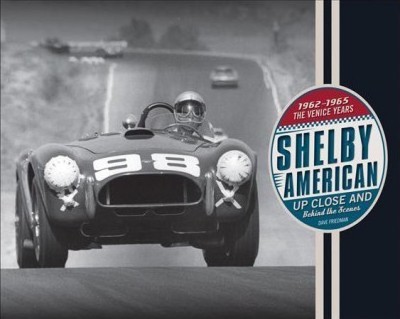
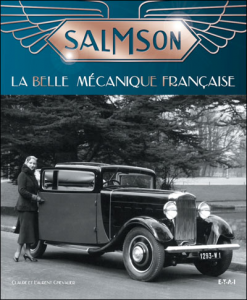

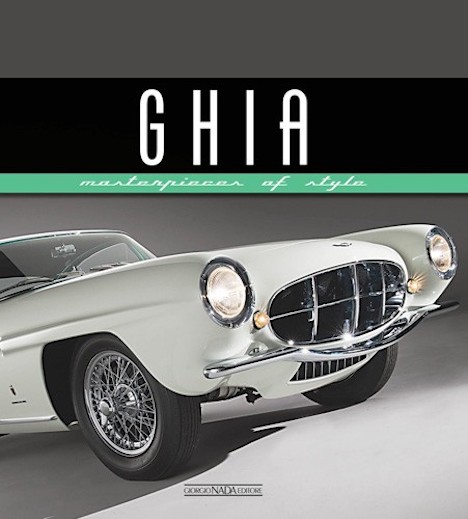
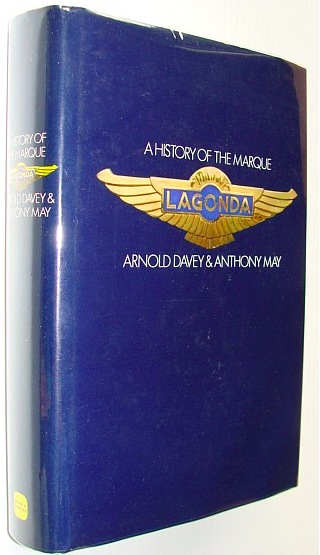
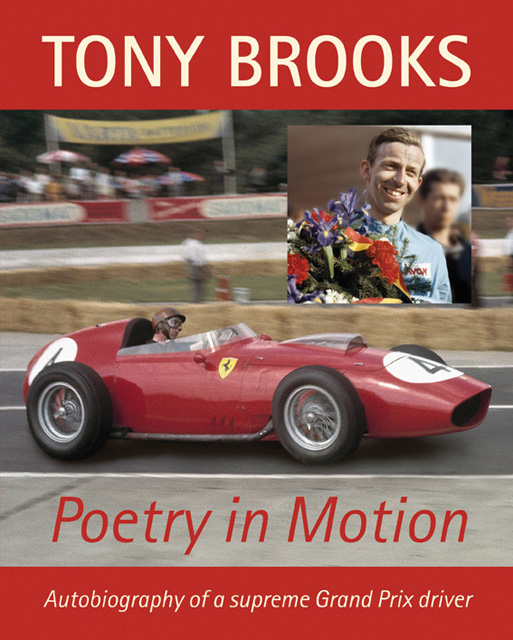
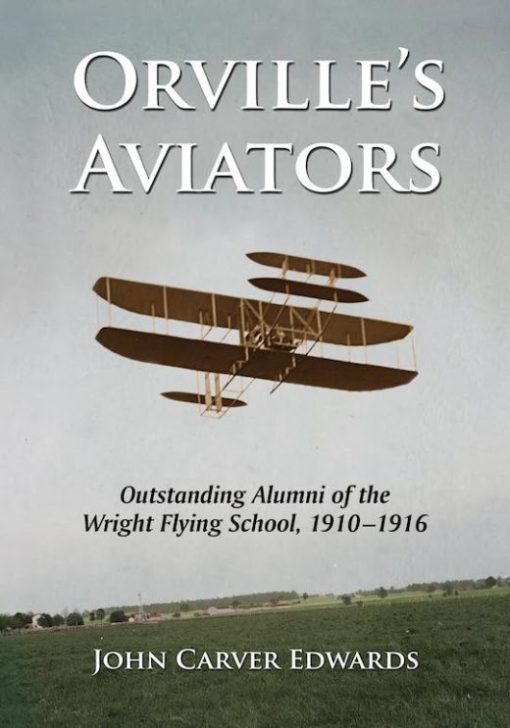
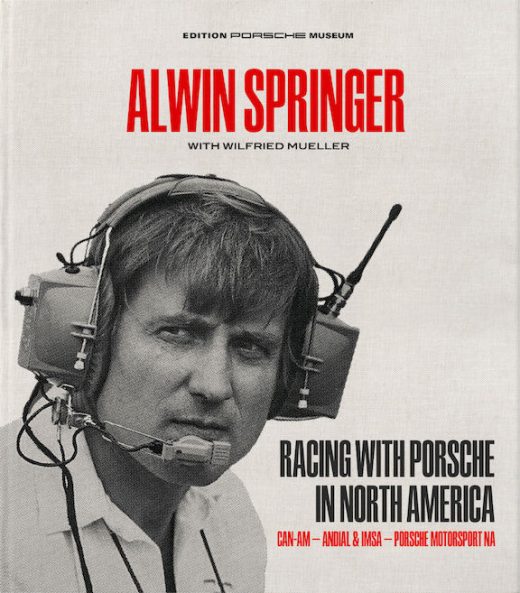
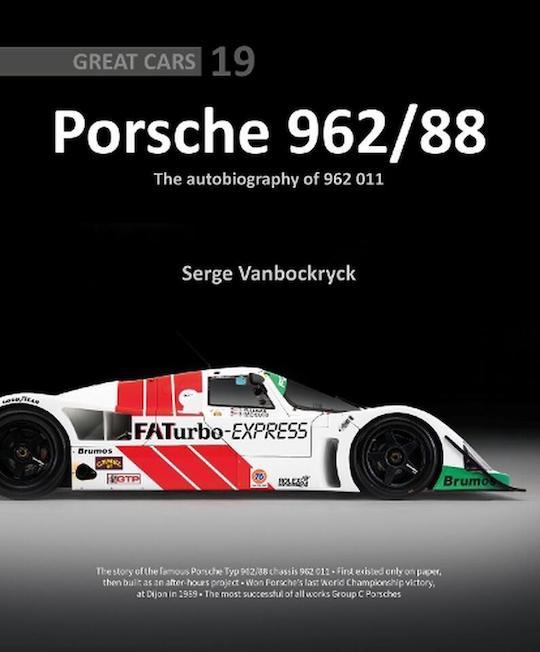
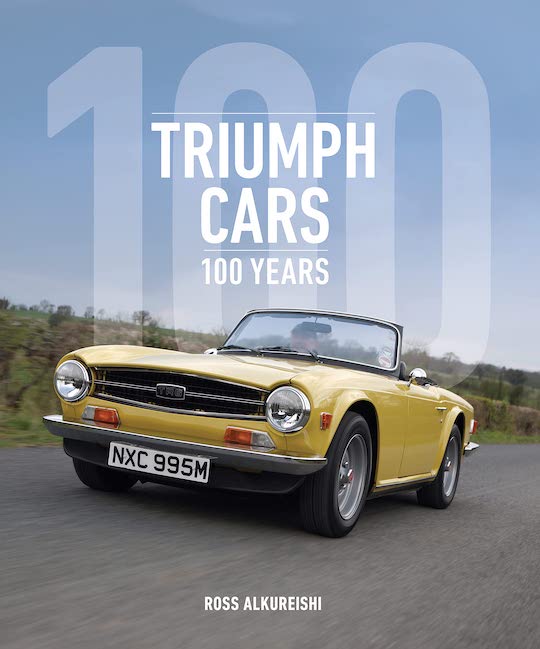
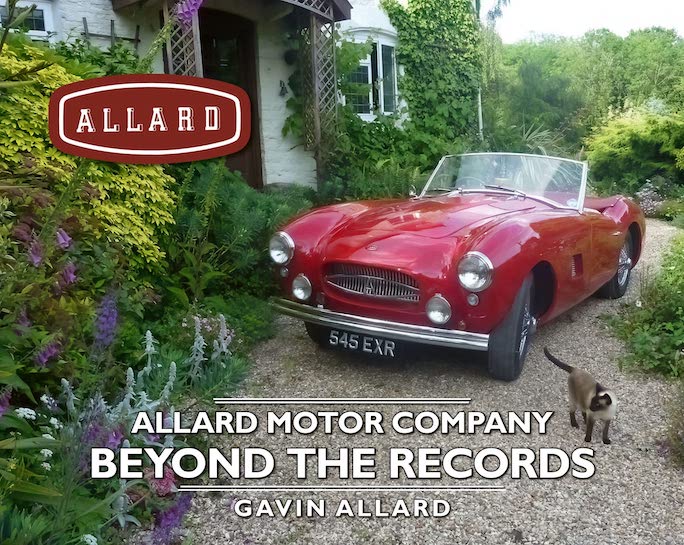

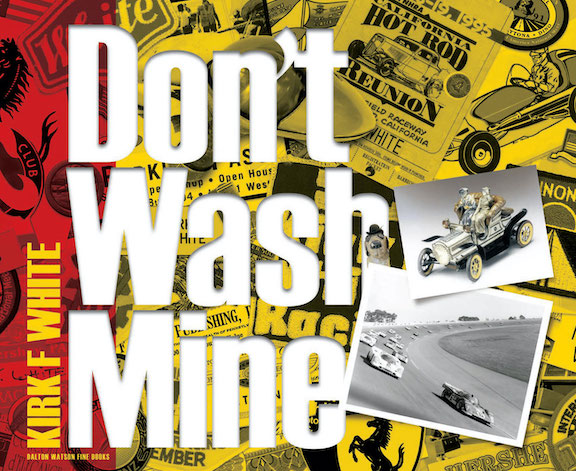



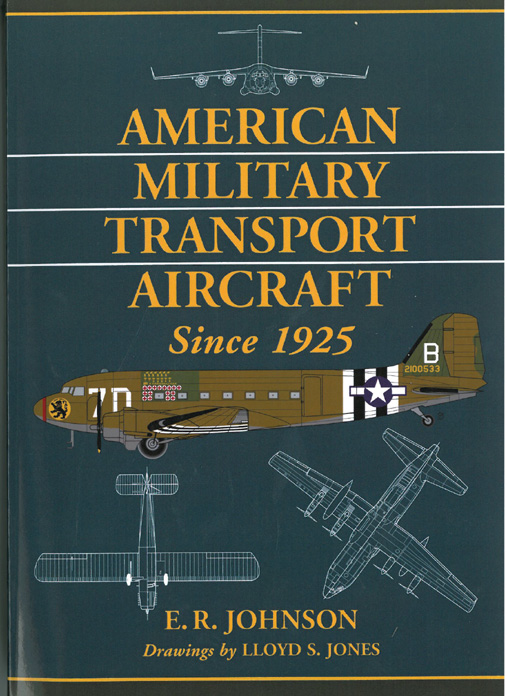
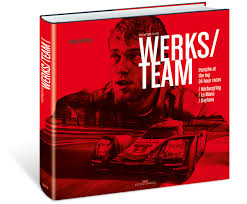
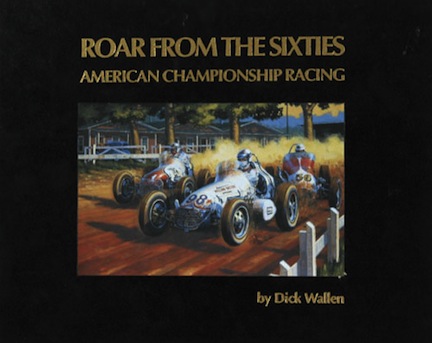
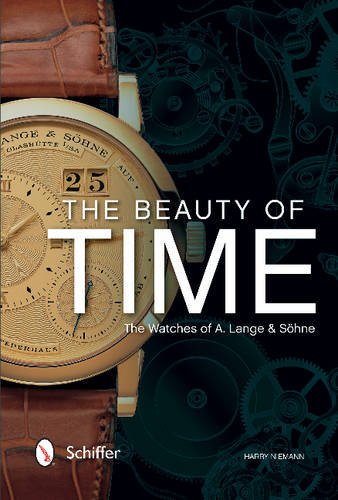


 Phone / Mail / Email
Phone / Mail / Email RSS Feed
RSS Feed Facebook
Facebook Twitter
Twitter